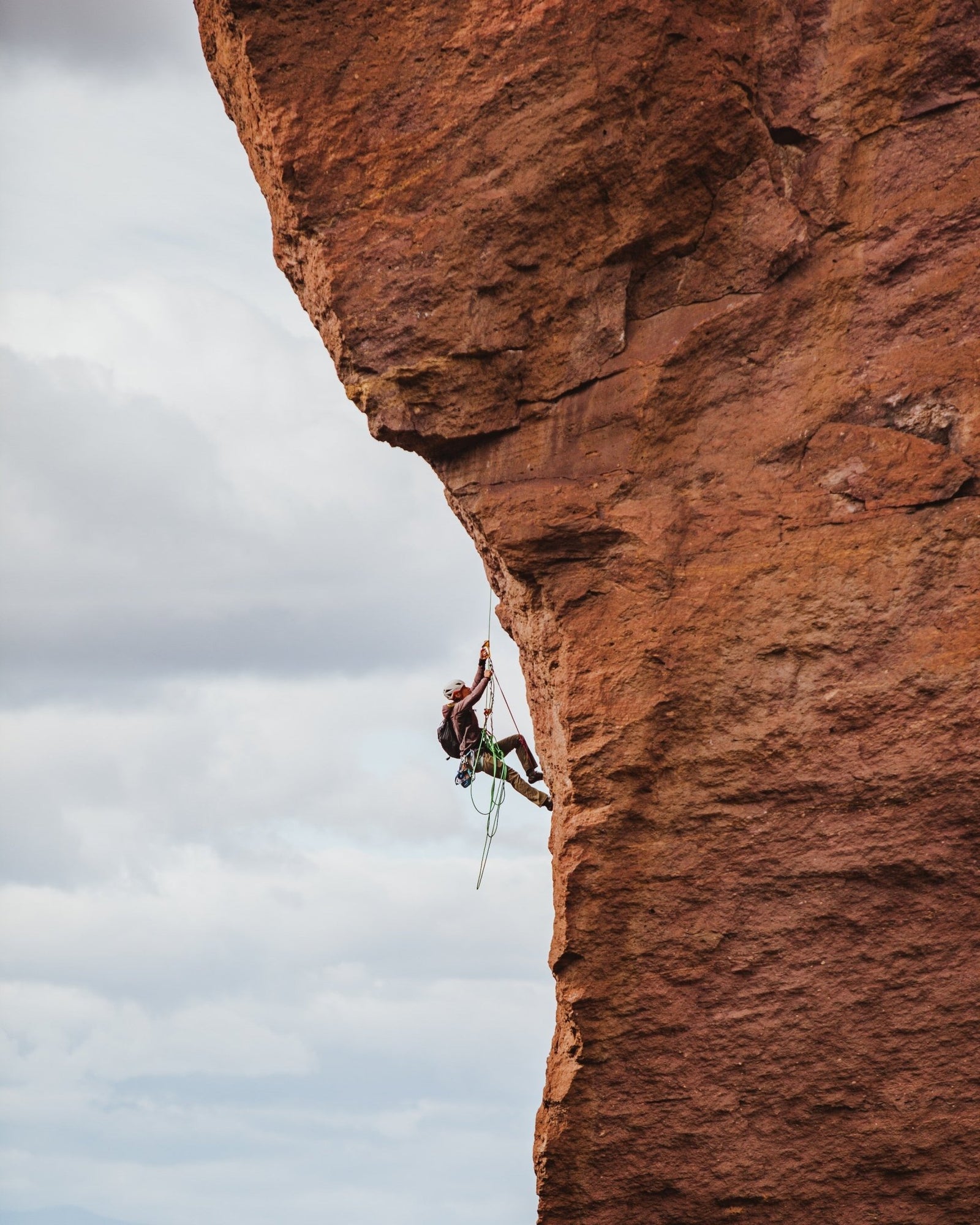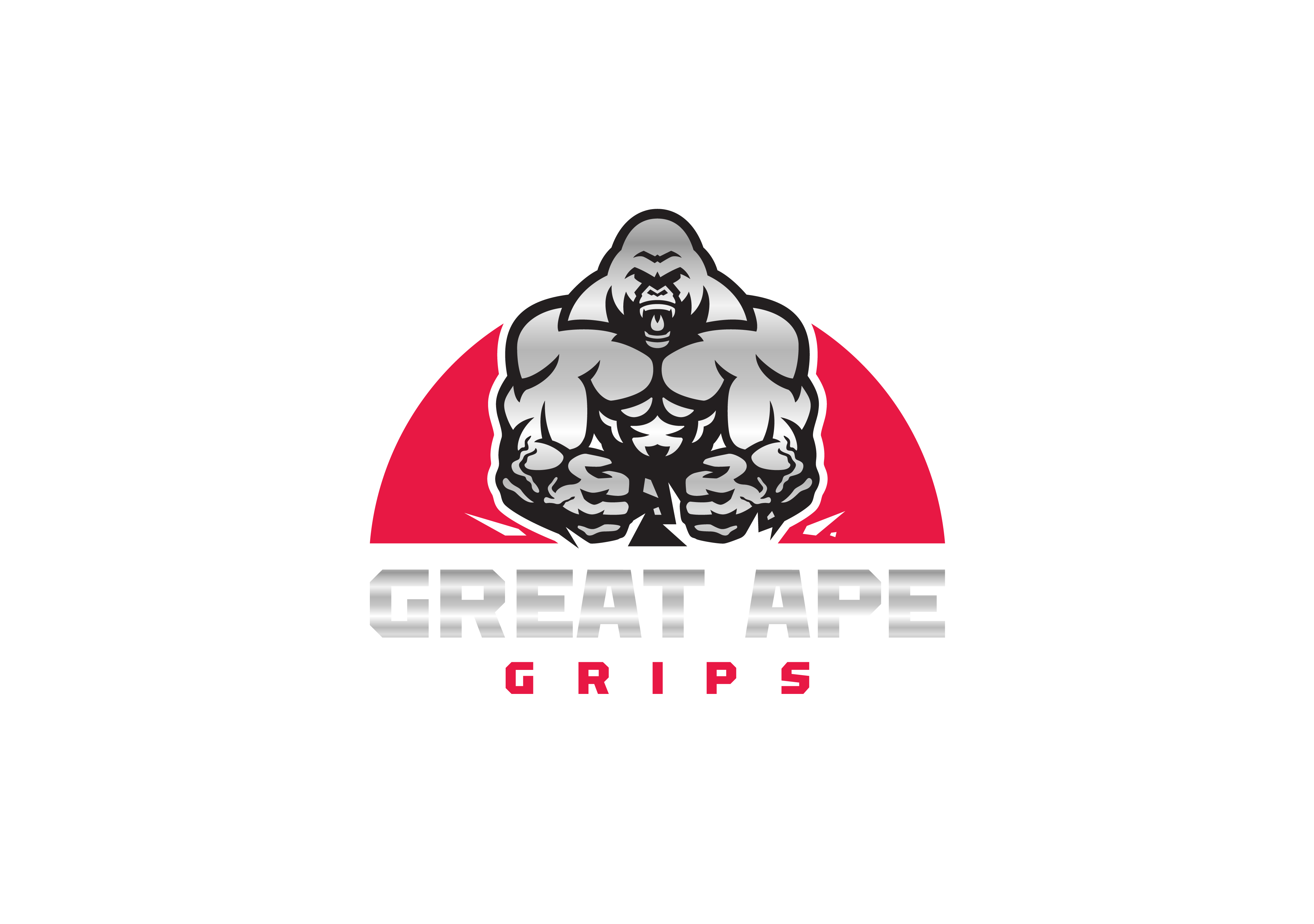How to Improve Grip Strength for Rock Climbing

Table of Contents
- Introduction
- Types of Grip Strength
- Benefits of Improved Grip Strength
- Common Challenges in Developing Grip Strength
- Effective Forearm Muscle Training
- Innovative Training Techniques
- Great Ape Grips: Revolutionizing the Game
- Overcoming Plateaus in Grip Strength
- Safety Considerations in Grip Training
- Conclusion
- FAQ
How to Improve Grip Strength for Rock Climbing
1. Introduction
Rock climbing is not just a sport; it's a test of physical and mental prowess. Central to this challenge is the often underestimated aspect of grip strength. A climber's hands are the link between body and rock, making grip strength a cornerstone of success.
2. Types of Grip Strength
Pinch Grip
- Squeezing between thumb and fingers.
- Essential for gripping small holds.
Crimp Grip
- Fingers bent at the first joint.
- Ideal for holding small edges.
Open Hand Grip
- Fingers straight, emphasizing palm contact.
- Provides endurance on larger holds.
3. Benefits of Improved Grip Strength
Endurance and control are not just buzzwords in climbing; they're the difference between reaching the summit and descending. Improved grip strength reduces injury risk, is crucial for longevity in climbing, and unlocks a new level of performance.
4. Common Challenges in Developing Grip Strength
Plateauing
- Progress can stall; it's a natural part of training.
- Try varying exercises to shock muscles.
Mental Barriers
- Fear of falling can impede progress.
- Gradual exposure to heights aids mental strength.
Balancing Strength
- Address all grip types for uniform strength.
- Neglecting one type may lead to imbalances.
5. Effective Forearm Muscle Training
Understanding the forearm's anatomy is like having a map for climbers. Targeted exercises like wrist curls and reverse curls, when integrated into training, can sculpt the forearms into powerful climbing tools.
6. Innovative Training Techniques
Dynamic Exercises
- Mimic real climbing scenarios.
- Swinging, hanging, and moving builds functional strength.
Climbing Holds
- Incorporate holds into workouts.
- Simulate climbing movements for muscle memory.
7. Great Ape Grips: Revolutionizing the Game
Great Ape Grips has reimagined rice bucket training with a portable, efficient, and mess-free alternative. Instead of a cumbersome bucket, it offers a 3 lb bag of rice with an ambidextrous glove inside. This innovative design allows for dynamic and targeted grip training without the usual fuss.
Great Ape Grips addresses the key limitations of traditional rice bucket training.
With Great Ape Grips, there's no need to worry about the mess and clean-up associated with traditional rice buckets. The rice is contained within the bag, ensuring a hassle-free workout experience.
Whether you're at home, in the gym, or on the go, Great Ape Grips can easily be taken anywhere, allowing you to maintain your grip training routine effortlessly. It's the perfect companion for travelers, athletes, and anyone seeking convenient hand-strength training.
8. Overcoming Plateaus in Grip Strength
Vary Intensity
- Cycle between high and low-intensity training.
- Keeps muscles responsive to stimuli.
Periodization
- Structured training phases.
- Prevents burnout and supports long-term progress.
9. Safety Considerations in Grip Training
Warm-Up
- Increases blood flow.
- Prepares muscles for intense activity.
Overtraining Prevention
- Listen to your body.
- Adequate rest is part of the training.
10. Conclusion
In conclusion, grip strength isn't just a requisite for climbing; it's the secret to mastering it. By understanding the nuances of grip strength, incorporating innovative tools like Great Ape Grips, and maintaining a holistic approach, climbers can ascend to new heights.
11. FAQs
Q1: How often should I train grip strength?
A: Aim for 2-3 sessions per week, allowing time for recovery.
Q2: Can I use Great Ape Grips if I'm a beginner?
A: Absolutely, Great Ape Grips is designed for climbers of all levels.
Q3: Are there specific exercises for finger strength?
A: Yes, dynamic exercises using climbing holds can target finger strength.
Q4: Is it normal to feel soreness in the forearms?
A: Yes, especially for beginners; it's a sign of muscle engagement.
Q5: Can grip strength training improve my overall climbing performance?
A: Definitely! Improved grip strength translates to better control and endurance.








